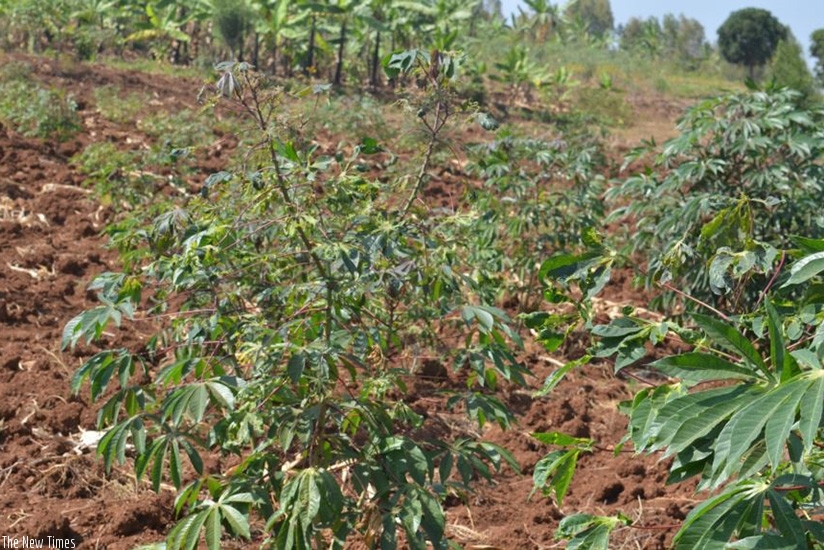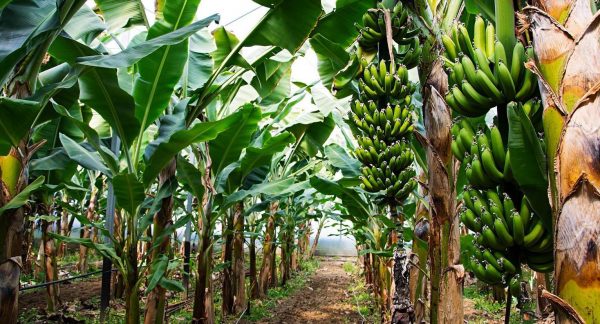Hunger is looming in Kawambwa in north eastern Zambia after a virus living inside the leaves, stem and roots of infected Cassava plants (Brown Streak) resurfaces, affecting over 4,000 hectares of land.
According to news monitored by FRA on state-run- Zambia National Broadcasting Corp., the disease affecting the staple food for the local people and used as an ingredient used in brewing Eagle-clear bear in Zambia is also spread through planting cuttings from stems of infected plants.
It is also caused by small insects-whitefly and the resurfacing of the virus has more than doubled than it was the previous years, fueling concerns for food insecurity among the local people over their staple food.
In the last two years, the disease had also affected two other provinces-Northern and North-Western provinces with Luapula having recorded more than 2,000 hectares, having shown existence in Chiengi and Kaputa, near the border with DR Congo.
The outbreak has now doubled with research authorities from the Zambia Agricultural Research Institute -ZARI- suspecting the disease-currently feared to have no cure could have migrated from neighbouring countries-Malawi or Tanzania among others.
Last year, former agriculture minister Mr. Katambo warned against complacency in handling the disease, describing it a threat to the country’s food security, being the second most important food crop after maize.
He had estimated K5.5 million was needed for Zambia to effectively manage the disease, though ruled out possibilities of eradicating the disease. Farmers, according to experts, are advised to plant disease free materials to avoid sharing cassava cuttings.
The National Union for Small Scale farmers in Zambia had recently urged the Government to quickly support farmers affected by the cassava brown streak disease in Luapula province and beyond, according to its Executive Director, Ebony Loloji.
Farmers, he warned, were at risk of food insecurities should the government not respond urgently as it was likely to affect the country’s food production. Mr. Loloji had advised the Government to invest more resources in research and ensure that it comes up with new ideas to mitigate diseases that affect the Agriculture sector.
Crop researchers had last year joined hands to raise awareness on and ways to tackle Cassava Brown Streak Disease (CBSD) in Zambia following recurring cases of the virus in some parts of the country and affecting cassava.
Estimates by research experts show that the virus has dwarfed cassava harvests on the continent in excess of US$ $1 billion, prompting experts to raise awareness and help farmers reduce the effects of the virus on the tuber.








